
Distinguishing Wellness from Warning Signs: A Clinical Approach to Dragon Health Assessment
In my fifteen years treating exotic reptiles, I’ve noticed that most owners struggle to recognize when their bearded dragon health transitions from optimal to concerning. The difference between a healthy bearded dragon and an unhealthy bearded dragon isn’t always dramatic subtle shifts in behavior, appearance, and appetite often precede serious bearded dragon illness. Last month alone, I saw four cases where early intervention could have prevented metabolic bone disease if owners had recognized the early signs of illness. Understanding these distinctions literally saves lives and prevents premature death in bearded dragons.
The challenge lies in understanding that bearded dragon wellness exists on a spectrum. A dragon might not be critically ill but also not thriving optimally. Through comprehensive reptile health check protocols, I’ve developed a systematic approach that helps owners conduct reliable home assessments. This guide draws from countless veterinarian checkup experiences and consultations with exotic reptile vet colleagues to help you recognize what normal looks like and more importantly, what doesn’t.
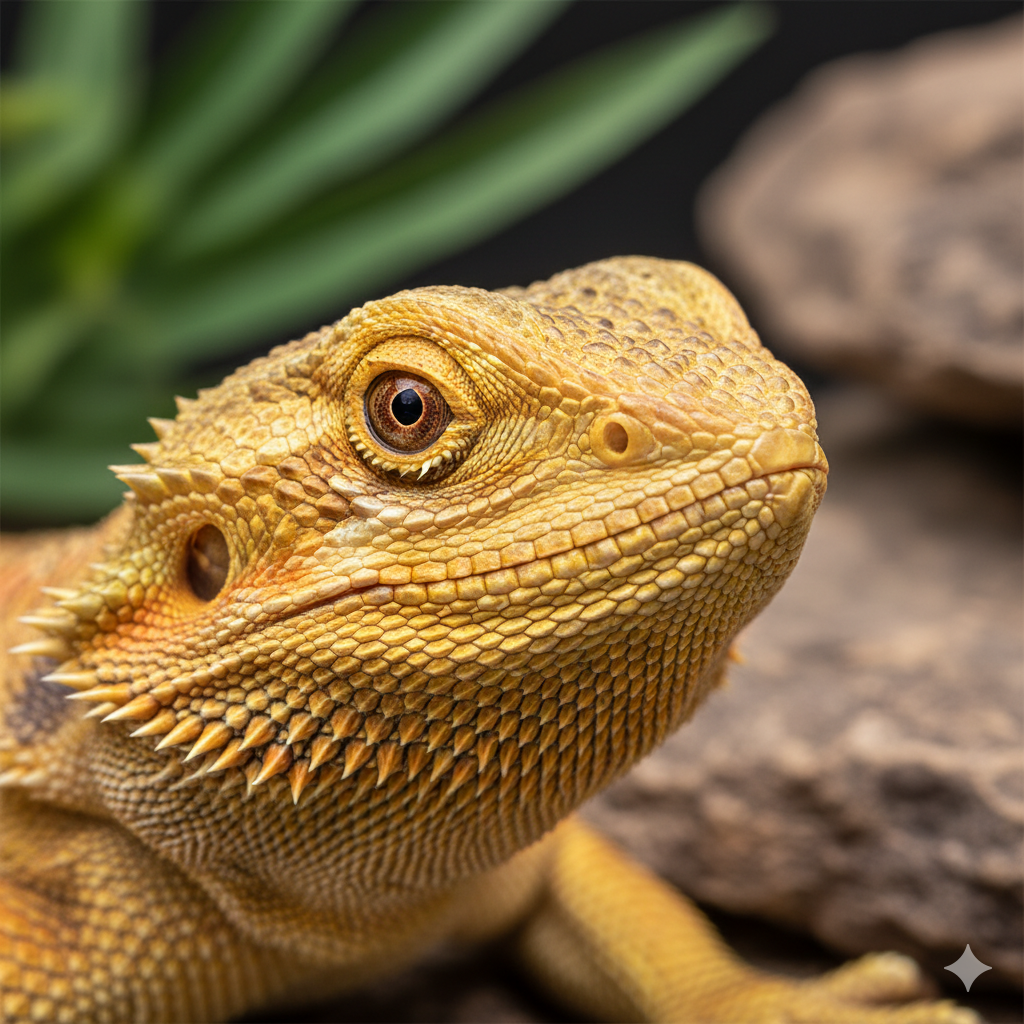
Visual Health Indicators That Reveal Overall Condition
The signs of healthy bearded dragon begin with their eyes. A thriving dragon displays bright eyes bearded dragon characteristics clear, alert, and responsive to movement. When I examine patients, eye condition immediately tells me about hydration status and neurological function. In contrast, sunken eyes bearded dragon presentations signal dehydration signs that require immediate intervention. I once treated a dragon whose owner dismissed sunken eyes as “just tired,” but it indicated severe fluid deficit requiring subcutaneous hydration.
Healthy scales should appear vibrant with consistent coloration across the body. During healthy skin shedding, the process completes within a few days, leaving fresh scales underneath. Dull or discolored scales often indicate nutritional deficiencies, particularly calcium deficiency or vitamin deficiency, while stuck shed suggests humidity problems or underlying health issues. The texture matters too scales should feel firm, not soft or pliable. I’ve diagnosed parasites in bearded dragons based on scale quality changes before fecal tests confirmed my suspicions.
Body structure provides crucial diagnostic information during examinations. A straight tail indicates proper spinal development and healthy limbs that support weight evenly demonstrate adequate mineral absorption. Kinked tail deformities or swollen limbs point toward metabolic bone disease, particularly when combined with weak grip strength. Healthy body weight varies by age and morph, but you should feel slight muscle tone over the hip bones without seeing ribs prominently. An underweight bearded dragon displays visible skeletal structures, while an overweight bearded dragon accumulates fat deposits around the legs and tail base.

Behavioral Patterns That Signal Wellness or Distress
An active bearded dragon engages with their environment, explores during appropriate hours, and responds to stimuli with curiosity. Healthy behavior patterns include bearded dragon basking behavior where dragons position themselves under heat sources with flattened bodies to maximize absorption. This contrasts sharply with a lethargic bearded dragon that remains stationary, shows weakness in bearded dragons, or demonstrates abnormal behavior like constant hiding. Alertness to movement and sounds indicates neurological health, while delayed responses suggest problems.
Stress marks appear as dark markings on the belly and should fade quickly in secure environments. Persistent stress marks indicate abnormal stress response related to poor husbandry, inadequate bearded dragon enclosure setup, or health issues. I examine healthy behavior in captivity by observing how dragons react to handling they should show moderate resistance initially but calm relatively quickly. During my career, I’ve noticed that bearded dragon symptoms of neurological problems often manifest as coordination issues before owners recognize anything wrong.
Nutritional Health and Digestive Function
A strong appetite represents one of the most reliable health indicators I assess. Healthy bearded dragon specimens eagerly consume both insects in diet and demonstrate a healthy appetite for greens. When dragons show loss of appetite or refusal to eat vegetables, I investigate for digestive issues, impaction in bearded dragons, or environmental problems. Proper nutrition for bearded dragons requires variety—I’ve treated numerous cases of vitamin deficiency in dragons fed exclusively crickets without gut-loaded insects or safe reptile supplements.
Healthy bearded dragon poop appears brown, well-formed, with a white urate portion. I teach clients to photograph their dragon’s waste because abnormal bearded dragon stool reveals so much diagnostically. Runny stool suggests parasites in bearded dragons, while extremely dry droppings indicate bearded dragon hydration issues. The bearded dragon diet directly impacts stool quality too much fruit causes loose stools, while insufficient variety leads to constipation. Supplementation with calcium powder and vitamin D3 prevents metabolic bone disease, but over-supplementation causes different problems I frequently diagnose.
Environmental Factors Affecting Health Status
Healthy bearded dragon habitat setup prevents most health issues I encounter. Temperature regulation proves critical a healthy basking temperature of 95-105°F enables digestion, while improper heating causes lethargic bearded dragon presentations and appetite loss. I cannot overstate the importance of UVB exposure. Lack of UVB lighting directly causes calcium deficiency and metabolic bone disease. I’ve rehabilitated dozens of dragons suffering from metabolic bone disease by correcting UVB exposure alone, though bone damage sometimes proves irreversible.
Proper humidity levels (30-40%) support healthy skin shedding without complications. Too high creates conditions for respiratory infection in bearded dragons, evidenced by gaping, mucus, and labored breathing requiring emergency reptile care. Environmental factors influence healthy growth patterns dragons in optimal conditions reach size milestones predictably, while stunted growth indicates poor husbandry or chronic illness. The relationship between environment and healthy lifespan cannot be overstated. Proper bearded dragon care easily extends life expectancy to 10-12 years, while neglect leads to premature death in bearded dragons within 3-5 years.

Disease Prevention Through Proactive Management
Bearded dragon disease prevention starts with understanding that bearded dragon wellness requires consistent maintenance rather than reactive intervention. Regular reptile health check assessments at home, combined with annual veterinarian checkup visits, catch problems early. I encourage owners to establish baseline normal for their individual dragon every animal shows slight variations in healthy behavior patterns and appearance.
The signs of unhealthy bearded dragon often develop gradually. Respiratory infection in bearded dragons, parasites in bearded dragons, and impaction in bearded dragons rarely appear suddenly without preceding symptoms. When I diagnose bearded dragon illness, I typically find that warning signs existed weeks earlier. Early signs of illness might include subtle appetite changes, slightly less alertness, or minor shifts in bearded dragon basking behavior that owners dismissed as personality quirks.
FAQ Section
What are the most obvious signs of a healthy bearded dragon?
A healthy bearded dragon displays bright eyes bearded dragon characteristics, maintains a strong appetite, shows active bearded dragon behavior during appropriate hours, and has healthy scales with consistent coloration. Healthy bearded dragon poop and healthy skin shedding also indicate optimal wellness.
How can I tell if my bearded dragon is sick?
Signs of unhealthy bearded dragon include sunken eyes bearded dragon, lethargic bearded dragon behavior, loss of appetite, dull or discolored scales, abnormal bearded dragon stool, and stress marks that don’t fade. Any weakness in bearded dragons or coordination problems requires immediate exotic reptile vet evaluation.
What causes metabolic bone disease in bearded dragons?
Metabolic bone disease results from calcium deficiency, vitamin deficiency (particularly D3), and lack of UVB lighting. Improper heating also contributes by preventing proper calcium metabolism. Symptoms include swollen limbs, kinked tail, and weakness in bearded dragons.
How often should I take my bearded dragon to the vet?
Annual veterinarian checkup appointments allow for comprehensive reptile health check assessments. However, any early signs of illness, abnormal behavior, or bearded dragon symptoms like refusal to eat vegetables or respiratory infection in bearded dragons warrant immediate emergency reptile care.
What’s the ideal diet for maintaining bearded dragon health?
Proper nutrition for bearded dragons includes gut-loaded insects, variety of greens showing healthy appetite for greens, and appropriate safe reptile supplements including calcium powder and vitamin D3. The bearded dragon diet should vary by age, with juveniles needing more protein than adults.
Can poor habitat setup really cause health problems?
Absolutely. Poor husbandry including improper heating, lack of UVB lighting, and incorrect proper humidity directly causes bearded dragon illness. A healthy bearded dragon habitat with proper temperature regulation, healthy basking temperature, and appropriate bearded dragon enclosure setup prevents most common diseases and supports healthy lifespan.
You may also like
- Do Bearded Dragons Get Depressed?
- Healthy Bearded Dragon V/S Unhealthy
- Finding the Right Source: A Veterinarian’s Guide to Selecting Quality Dragon Providers
Share
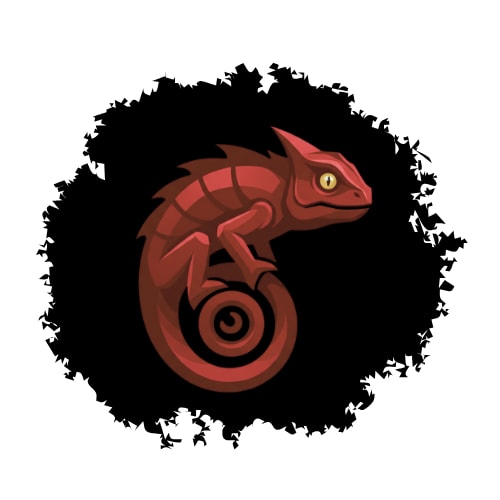

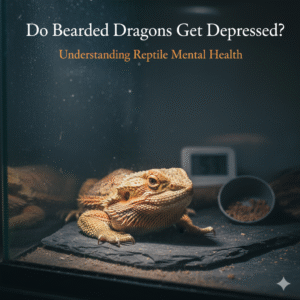
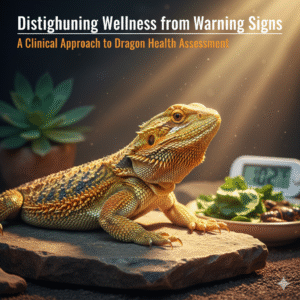
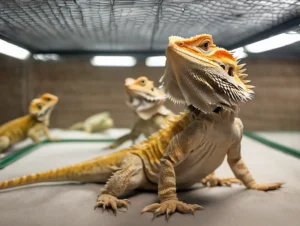
Leave a Reply